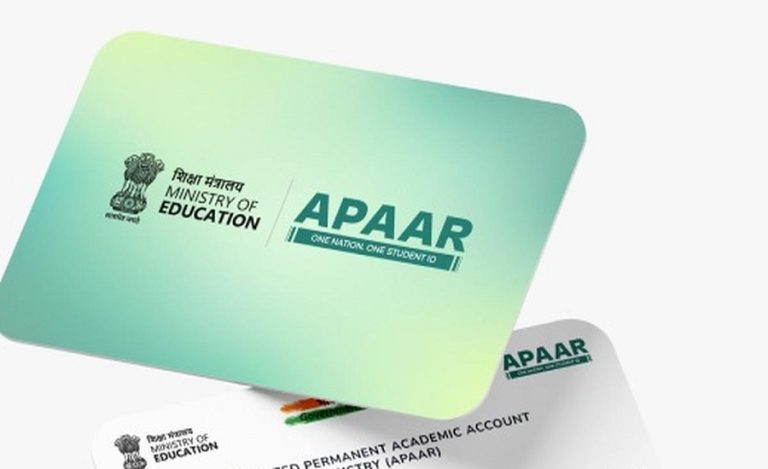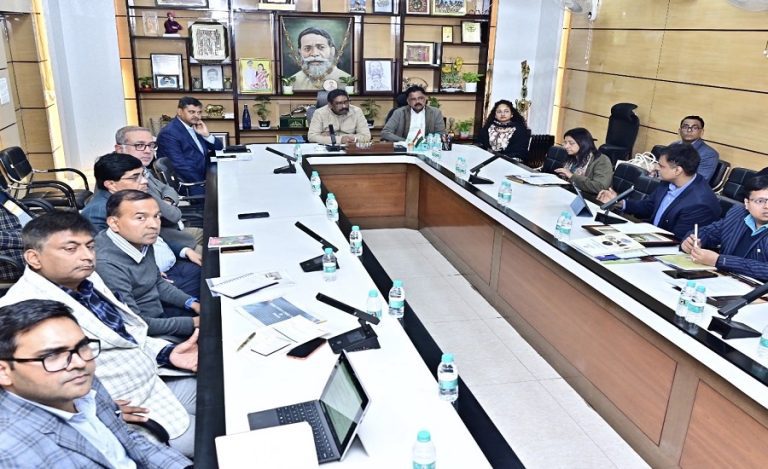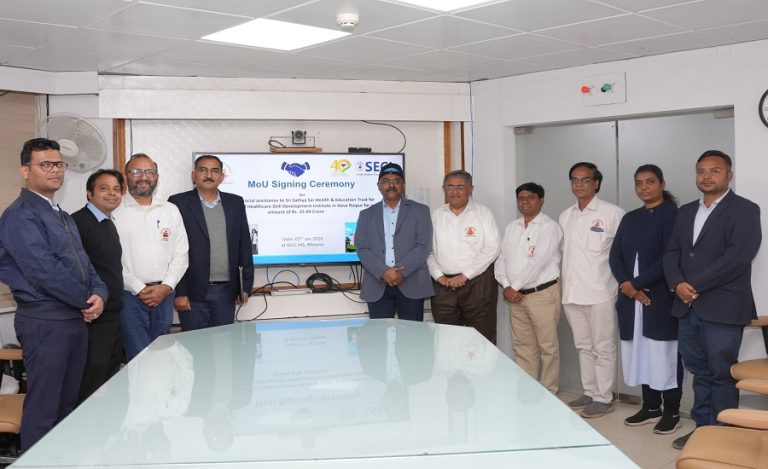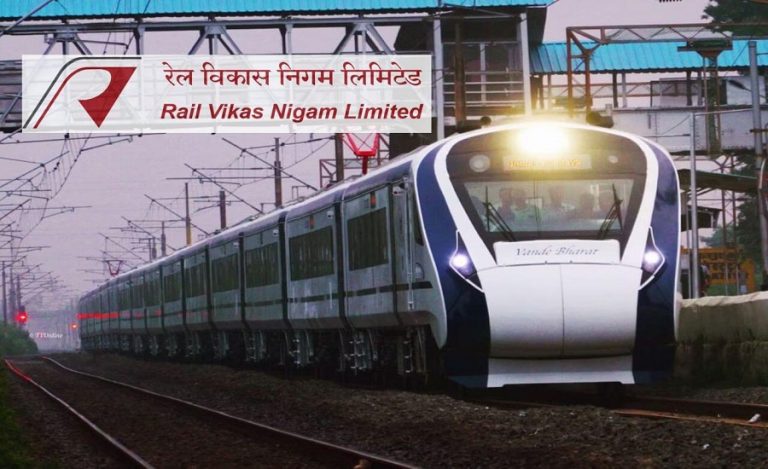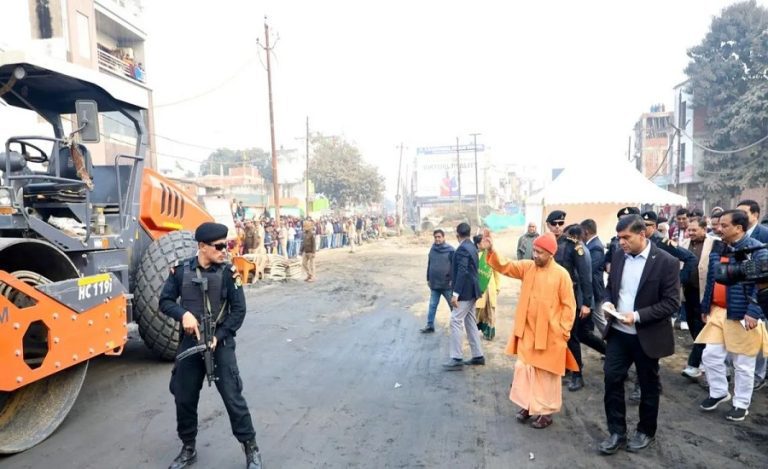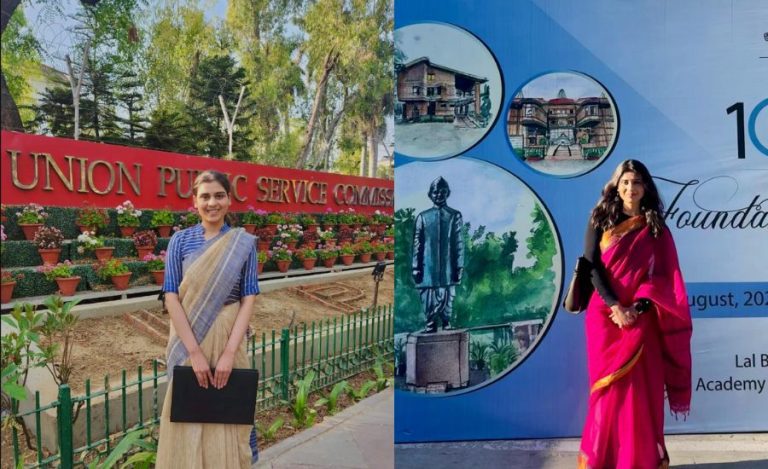On 15 December, when Indian Railways honoured few of its employees with its highest ‘Ati Vishisht Rail Seva Award’, 2016 batch IRTS officer Kumar Ankit was also present as he was chosen for the award in the ‘increasing the revenue category’.
Mr. Kumar has established his excellence in the management of coal loading and train operations by his sustained efforts and involvement at all levels, and exemplary coordination with all departments and coal companies.
Due to the loading improvement, Barkanana in Dhanbad division was able to achieve number 1 rank in India in terms of coal loading and revenue generation of around 23 thousand crore for the financial year of 2022-23.
Indian Masterminds interacted with Mr. Kumar, who is posted as DTM (Divisional Traffic Manager) in Barkakana, to know about his journey into Railways and his initiatives in his current posting.

LOADING & REVENUE
Spanning about 430 kilometers, Barkakana railway in Dhanbad Division in Jharkhand is famous for coal loading. The control movement of this entire area comes under DTM, Barkanana, Mr. Kumar Ankit. Due to his continuous efforts and initiatives, loading capacity of Barkanana area has increased, which has enhanced revenue.
Mr. Kumar said, “We realized the loading potential of our area. Now Dhanbad Division has become the number 1 loading division of India. The loading last year was 171 million tonnes. It is generating 23 thousand crore revenue for the government.”
Due to his efforts, freight loading of 47.86 million tonnes has been achieved in Barkakana Area of Dhanbad Division during 2022-23. This boosted the loading capacity of Dhanbad division, where it is now 171 million tonnes. This is highest in India with 8 to 9 percent increment from last year.

HOW THEY DID IT
Barkakana railway has a concentrated section, Tori-Shivpur. Concentrated loading takes place from here. There is a sighting here, Phulbasia, where Mr. Kumar worked on long haul loading and have improved and expanded it.
Earlier, there used to be 2-3 racks (a line of coupled freight wagons) loading per day. But now, 8 rakes loading per day is happening here, and the entire long haul gets placed together.
The officer explained, “In this, two goods trains are placed together, and we load both of them together, and then both leave together. This saves operational time. And our loading potential improved. Basically, we focused on long haul loading, especially in the concentrated section in Tori-Shivpur region.”
He further said that when you load, you have to remove the load from there as quickly as possible because you have to reduce the wagon turnaround. The quicker it leaves, the quicker it will return and quicker the loading will be. “We monitor it through interchange – how many goods trains we used to run from one point earlier and how many have we run later. From this, we came to know that now there has been an increase of 27 percent in loading,” he added.
BENEFITS
The painstaking efforts put in by Mr. Kumar has played a vital role in improving loading in Tori-Shivpur new line section, from 16.4 rakes per day to 18.10 rakes per day (10%) which increased earning from 3761.87 cr to 4765.61 cr (26% approxiately).
It also enhanced the operational parameters like speed which improved in both directions by 10% in comparison to the same period of last year viz-a-viz 27% increase in train interchange.
Mr. Kumat said, “When the movement is freed, the loading increases but if the movement is stuck, then the whole process slows down. That’s why, we had to reduce the turnaround. The faster the movement, the more the number of rakes that can get loaded. And revenue generation will increase. That is why, movement had to be improved and operational hurdles had to be removed.”

ABOUT THE OFFICER
Mr. Kumar hails from Patna, Bihar. He did his basic schooling from Patna. After that, he completed B.Tech in Mechanical Engineering from NIT Trichy in 2013. Then he took up a job in Alstom Transport Company and worked there for almost one and a half years.
Towards the end of 2014, he started preparing for Civil Services exam. In 2015, he gave his first attempt but could not crack it. Then he made a second attempt in 2016 and cracked the exam with 516th rank. He got IRTS cadre and became a civil servant.
Even after joining IRTS, he gave two more attempts. In his fourth attempt, he cracked the prestigious exam again and got secured rank 571, and again got allotted IRTS. But, since he was already working as an IRTS officer, he simply remained where he was and continued discharging his duties to the best of his capabilities which bore fruit in the form of the latest award given by Railways in recognition of his exceptional service.









